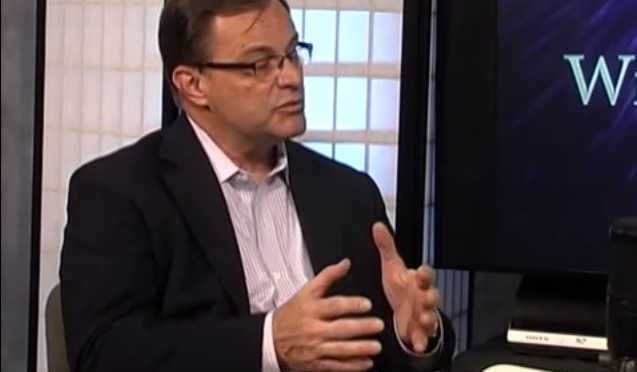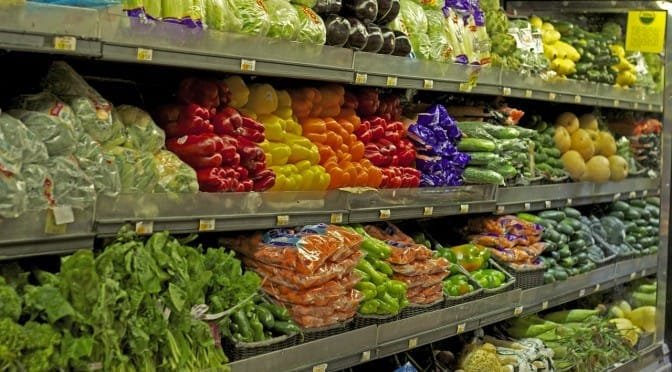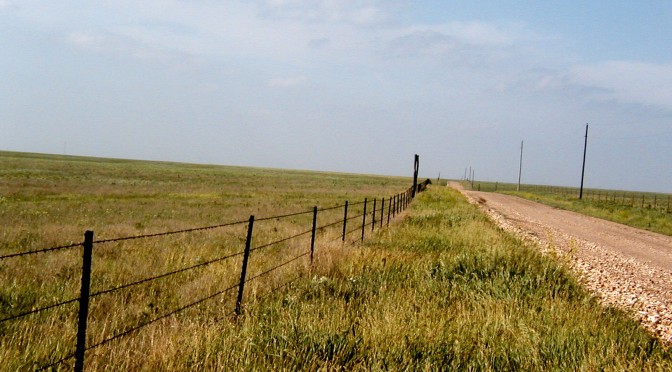By Eileen Umbehr, wife of Libertarian Candidate for Kansas Governor Keen Umbehr
November 1, 2014

For example, Keen is solidly pro-life. He believes in freedom as long as you do not cause harm to another human being, and a baby is a human being. But because he also acknowledges the reality that unless and until Roe v. Wade is overturned women maintain their right to choose, he is not considered pro-life enough.
The issue of same-sex marriage has also been deeply divisive and been used to garner votes. How a candidate may feel about two members of the same sex uniting in marriage is separate from his or her duty as a government official to ensure that all laws apply equally to all citizens. Could the government decide not to issue gay people a license to teach, cut hair, practice law, or engage in business?
What each of us believe and the tenets we choose to follow in our private lives is a personal matter. While Keen and I are both Christians who try to live according to the principles set forth in the Bible, where we differ from many of our fellow Christians is that we don’t believe it is our right — or the government’s right — to impose any particular religious belief on anyone. Even God doesn’t do that. If He did, wouldn’t He simply force everyone to believe that Jesus died on the cross for their sins so they would all go to Heaven?
Keen is a strict constitutionalist. He believes in the First Amendment right of free speech even when it means that the Phelps’ family can spew messages of hate, causing immeasurable harm to families burying their loved ones. And he believes in the Sixth Amendment right to counsel even when the accused may be guilty of a heinous crime.
When it comes to the Fourteenth Amendment, there are many who feel it should not apply to gays wanting to marry because homosexuality is classified as a sin in the Bible. But isn’t fornication and sex before marriage also classified as a sin in the Bible? And yet no one is suggesting that folks who have engaged in these acts should be denied a marriage license.
Someone posted the following statement about Keen on a liberty-based Facebook page: “Don’t be deceived, this guy is pumping for same sex marriage.” Keen posted the following reply: “I am not ‘pumping’ for same sex marriage, I am ‘pumping’ for adhering to the Constitution which requires equal protection under the law. As long as the State of Kansas is in the business of issuing licenses — whether they be drivers’ licenses, marriage licenses or business licenses — they cannot discriminate against individuals on the basis of religion, gender, or race. How each individual chooses to live their lives is their business, not the government’s.”
In conclusion, if we really want to protect religious freedom in our country, then we should elect candidates who will defend the rights of all citizens to practice whichever religion they choose. That is true religious liberty.
But then, a candidate like that wouldn’t be considered Christian enough.














